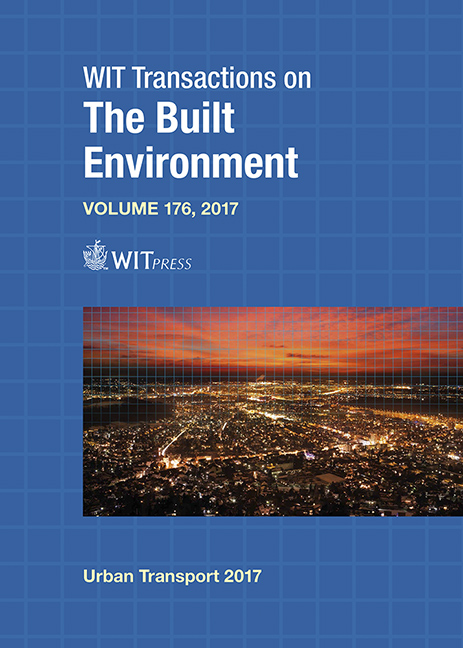CHOOSING BETWEEN TRAM AND METRO IN HONG KONG – UTILITY, AFFECT AND DEMOGRAPHICS
Price
Free (open access)
Transaction
Volume
176
Pages
11
Page Range
131 - 141
Published
2017
Size
545 kb
Paper DOI
10.2495/UT170121
Copyright
WIT Press
Author(s)
WENHAN YANG, JOHN ZACHARIAS
Abstract
A major question facing many cities is whether to give preference to surface light rail or to heavier rail underground. In theory, the two systems have quite different functions because of average travel speed, and integration with local land use and surface movement systems. There are differences in headways, capacity, and station density, although these differences can be lessened through technological advances. The major implication for city development is the impact that these two systems have for surface development. In general, metro systems favour nodal development, often in the form of transit-oriented development (TOD), while tramways support more linear development, with direct support for street-oriented commerce. In Hong Kong, the recent extensions to the Island Line parallel the alignment of the surface tramways. In this study, we apply a structured questionnaire to local residents to determine how and when they use each of these services. Preference for tram increases for short-distance trips and overall for individuals over the age of 50. For short trips of 2–3 km, travel time, travel cost, waiting time, air conditioning, service quality and vehicle stability were all significant in the preference for metro. Scenery, emotional attachment, gender and age were all significant in the choice of tram for those same trips. Passengers paid little attention to the longer access times to metro and believed that waiting time was less, although access and waiting time are both longer for the metro mode. There was less distinction between the modes for longer trips, in part because of the smaller number, in part because of the adherence of elderly people to the tram mode. In Hong Kong, the two modes are perceived differently and serve somewhat different clienteles, which may be important for the operators of these systems as they consider the integration of surface and underground transit.
Keywords
mass rapid transit, tramway, light rail transit, modal split, Hong Kong, travel experience, travel choice





